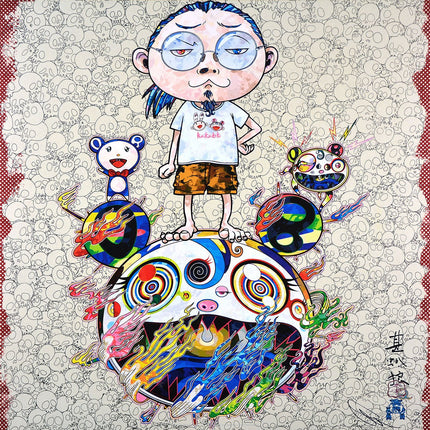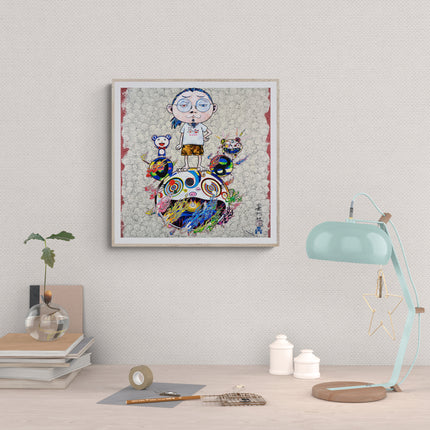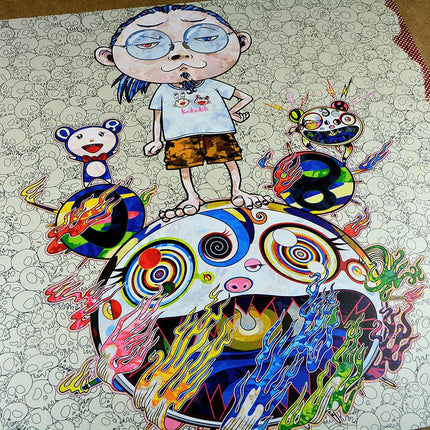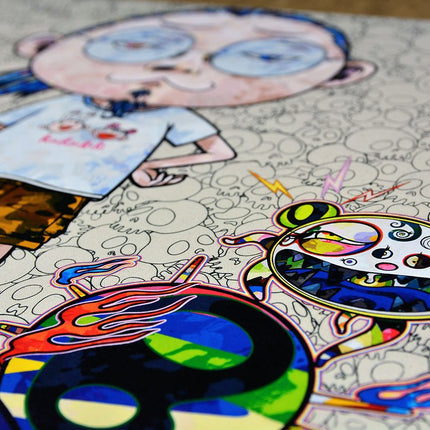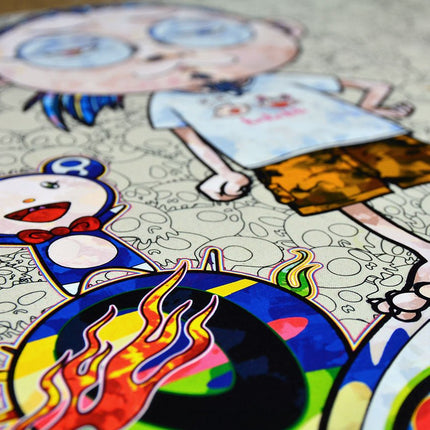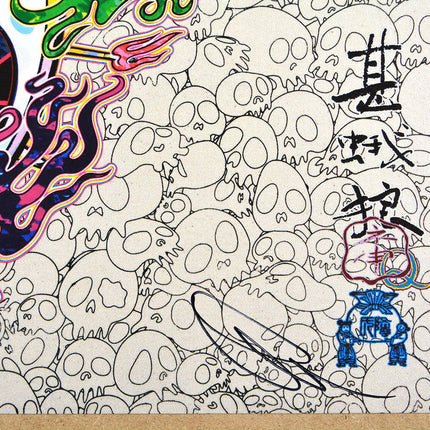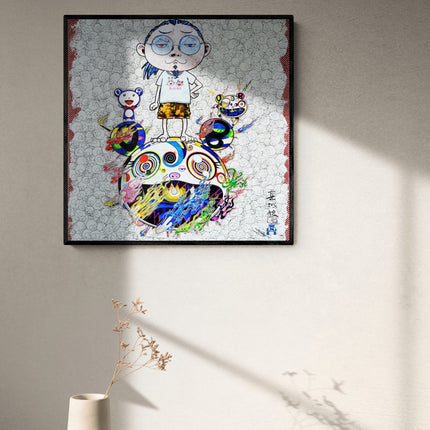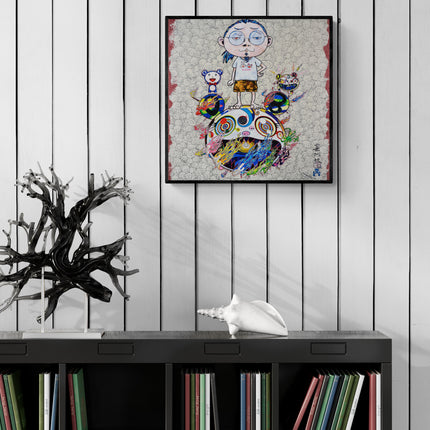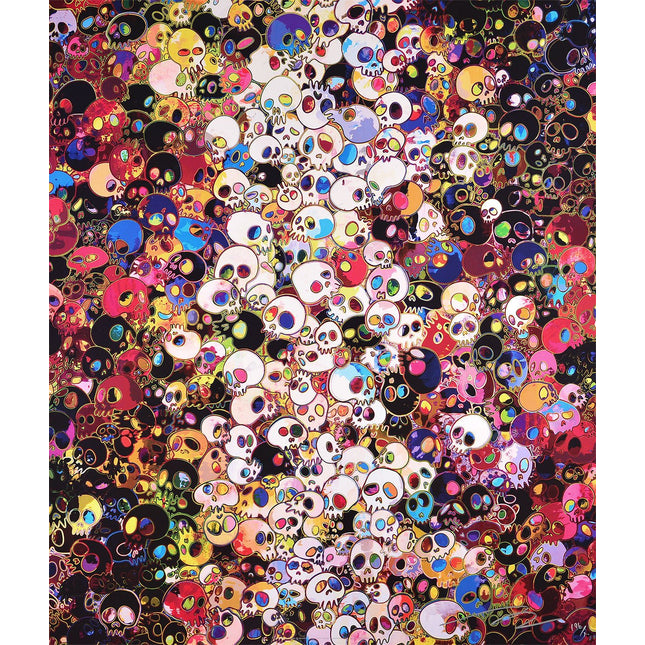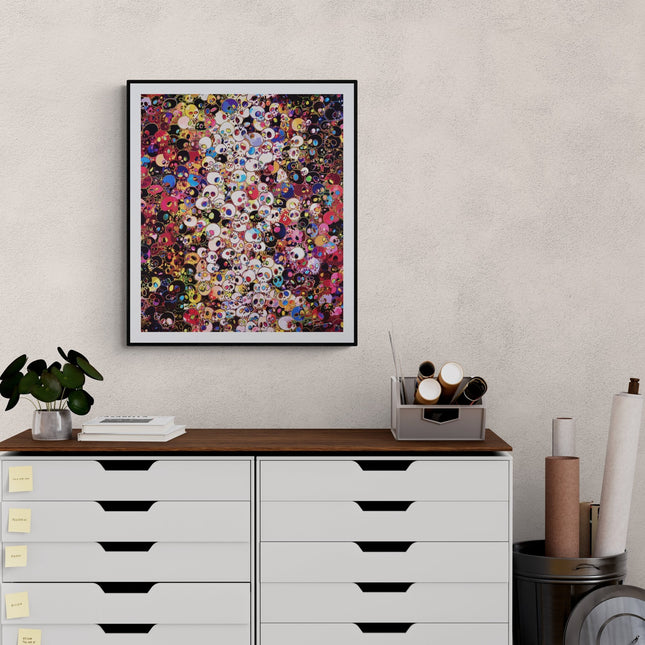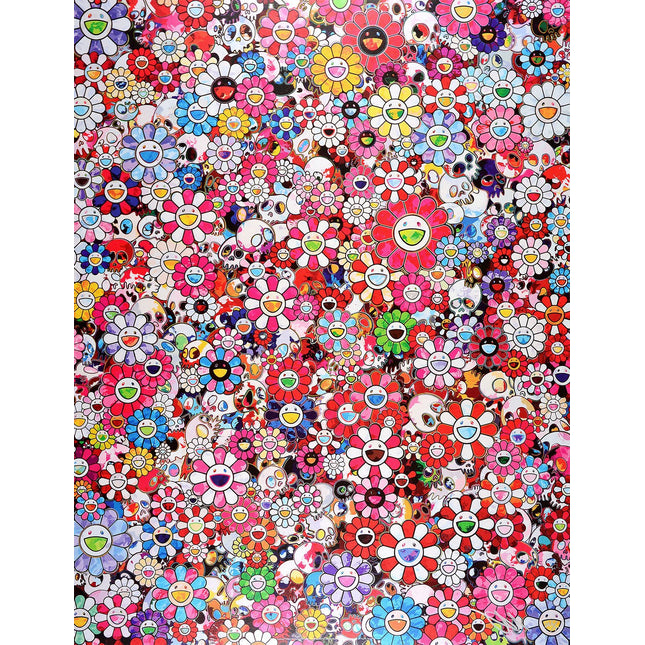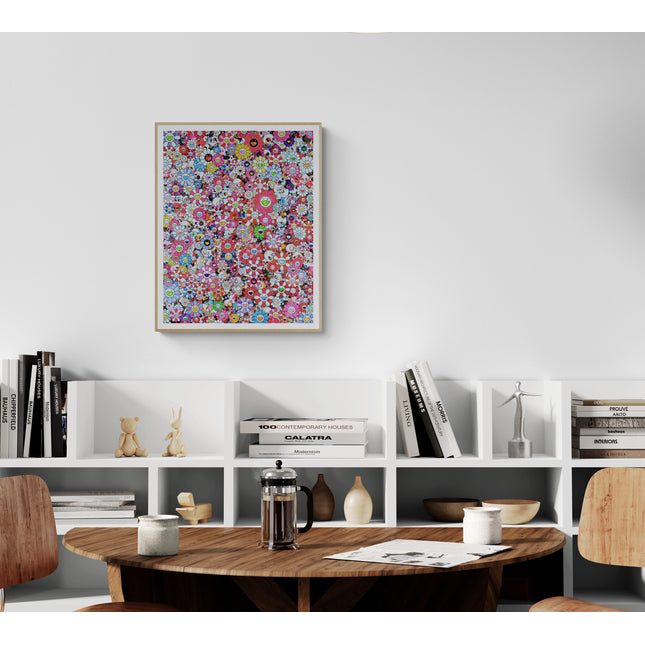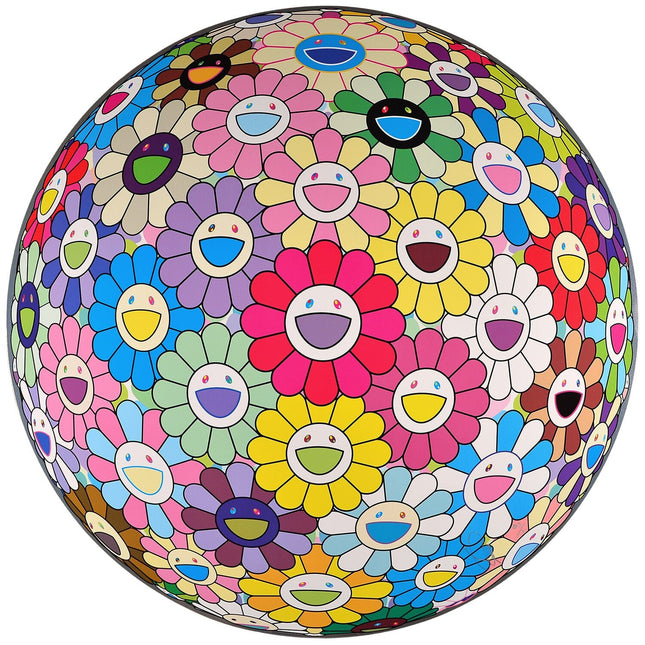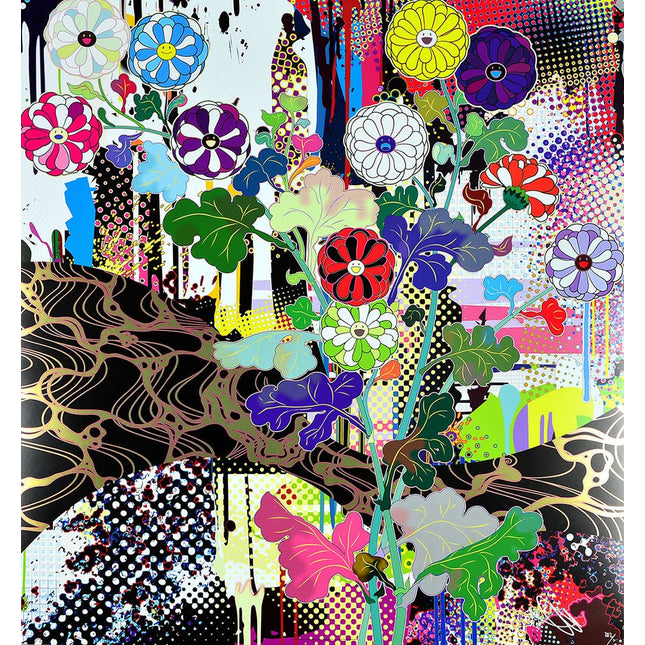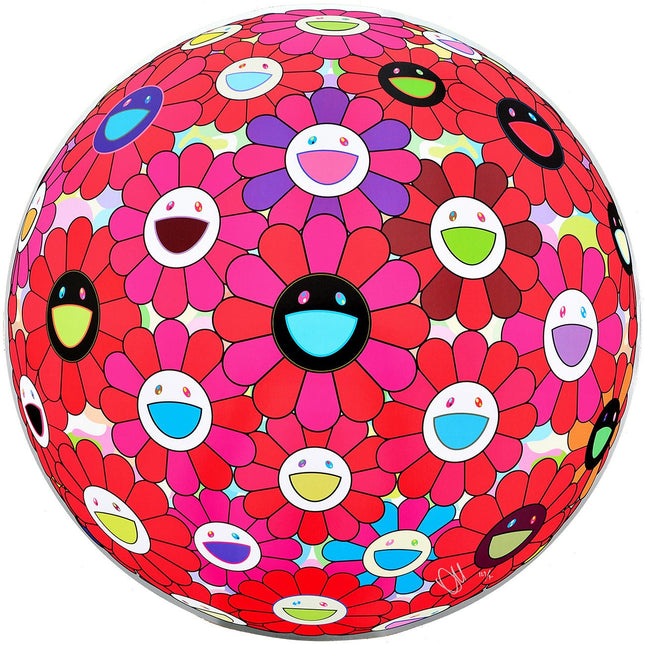Obliterate the Self and Even a Fire is Cool
1.850,00 EUR
Date of creation: 2013
Medium: Offset lithograph with silver on paper
Size: 50 x 50 cm
Condition: In mint conditions and not framed
Offset lithograph with silver on paper hand signed by Takashi Murakami. Numbered edition of 300. Published by Kaikai Kiki Co.... Read more Read more
1 in stock. Arrives in 5 to 8 days
Shipping Rates
Shipping & Returns
Shipping
We have developed extremely safe packings to ensure safe deliveries.
Check out the tracking info of your order and know when it will be delivered.
All shippings are 100% insured.
Returns Policy
After the artwork has been received, if you are not fully satisfied, you have a 14-day return period. In this case, you must send the article to the address we provide. After the goods are received and their condition verified, we will refund you.
Share with your friends Share WhatsApp Deel Tweet Pin it Email
